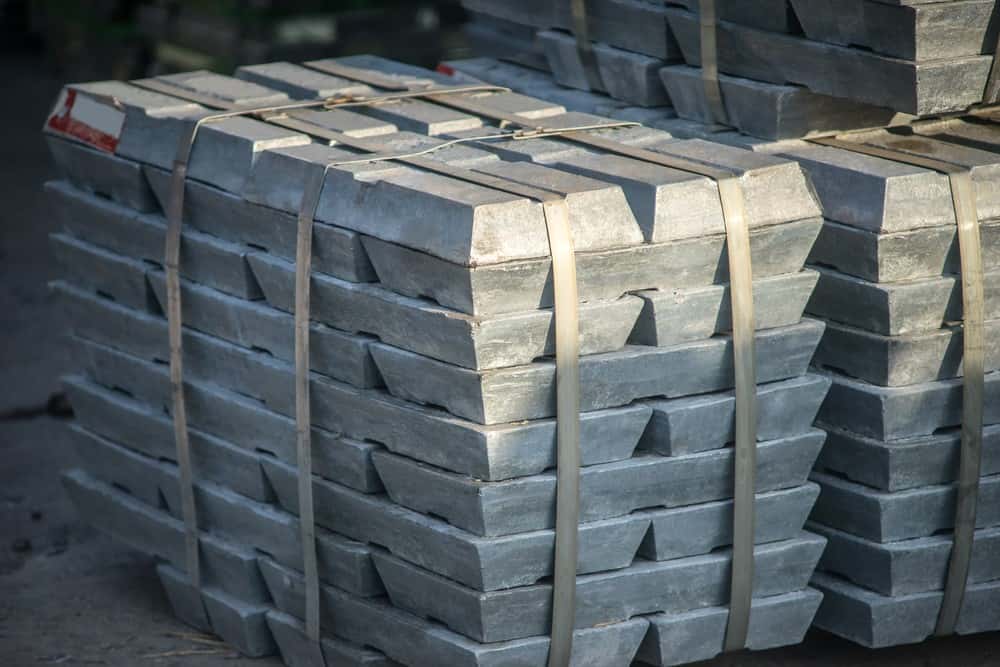Zinc is an essential part of the natural world. Zinc occurs naturally in the earth’s crust, in water in wells, in the oceans, the surface of the earth, in the atmosphere and in every cell of every living organism.
At first glance, zinc wouldn’t seem to be an essential element for keeping metal structures strong. Pure zinc is brittle at room temperature. It is a moderately reactive element. Pure zinc won’t stay pure zinc very long. Even the carbon dioxide in the air will react with it.
But, most of the world’s natural zinc is bound to iron. The most common zinc ore is sphalerite, which always contains iron. The galvanizing process uses the natural compatibility of zinc and iron to make a unique durable and cost-effective form of steel used in fabrication and construction around the world.
What is Galvanizing?
Chances are that you already know something about galvanizing. This is the familiar process of dipping steel into molten zinc to make the steel corrosion-resistant. A thin layer of zinc, just 0.80 mils (20 millionths of a meter) thick can make steel last for up to a century and sometimes more, before it needs serious maintenance. Galvanizing a square foot of steel only adds about an ounce, or maybe a little less, to a square foot of steel used as a structural element or in metal fabrication. But why should a tiny amount of zinc make such a big difference to the longevity and cost-effectiveness of steel?
How Galvanizing Protects Steel
Everybody knows that iron rusts. The accumulation of oxidation on untreated steel can lead to disastrous failure of bridge tresses and support beams and the failure of mechanical parts. The process of rusting is oxidation. An atom of iron donates two electrons to an atom of oxygen (or. more precisely, two atoms of iron donate electrons to three atoms of oxygen and form a complex with multiple molecules of water) and the result is a flaky, friable, continuously weakening steel part.
Copper also can “rust.” Two atoms of copper can donate electrons to one atom of oxygen and form cuprous oxide. This compound is vulnerable to the action of acids from air pollution and acid rain. You would never want to use cuprous oxide as a building material.
But, put a layer of copper on steel and something unexpected happens. Galvanizing creates a very low-power battery. The copper layer on the outside of the piece acts as the anode, and the iron inside the piece becomes the cathode. It sends electrons to the iron inside. Those electrons keep iron from interacting with oxygen. Copper becomes the “sacrificial” element. This combination of two metals of slightly different reactivity prevents significant corrosion not just for years, but for decades.
So, all you have to do is to dunk some steel in molten zinc and you have galvanizing? Not quite.
There’s an Art to Galvanizing
The first step in galvanizing steel, you may have guessed, is picking it up. Construction elements and large steel parts used in fabrication often have to be lifted by cranes.
Then there has to be a cleaning process. We discuss this process in a lot more detail in other articles, but the steps of cleaning steel before galvanizing it consist of degreasing, pickling, and fluxing. Choices made at every step of the cleaning process make a difference in the final product.
Once the surface is prepped, then the piece is dipped into a molten (830 F) bath of at least 98 percent zinc. The galvanizer lowers the steel into the kettle at an angle that allows air to escape from tubes and other potential air pockets, so the entire piece is even coated. Cooling follows.
Finally, there is an inspection. Steel that has been thoroughly cleaned is completely coated, since zinc does not bind to dirty steel.

